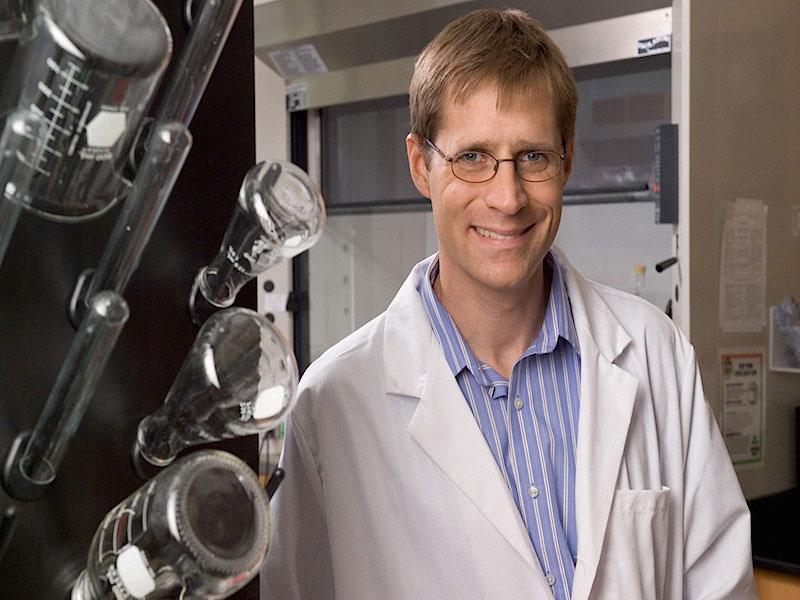A new way to treat diabetes could change the lives of almost two million New Yorkers and hundreds of millions around the world, according to a study published on Jan. 27 by a group of researchers at Cornell University.
The study, published in the journal Diabetes, showed that the researchers were able to engineer human lactobacilli, a gut bacteria, to secrete a protein called Glucagon-like peptide 1 (GLP-1), which can increase insulin secretion from the pancreas. Diabetics need external insulin treatments to produce insulin from their pancreas, which can no longer produce the necessary amount of hormones. The group investigated whether orally administering the engineered strain would alleviate high blood glucose, a symptom of diabetes, in the rats.
“[The oral treatment] is glucose responsive, so it has the same kinetics as what happens when your pancreas releases insulin,” John March, associate professor in the department of Biological and Environmental Engineering at Cornell, and the paper’s senior author, said.
A 2003 study led Japan’s Atsushi Suzuki concluded that cells that cover the guts are turned into insulin-producing cells when exposed to the full-length form of GLP-1. However, up until this point, no one had been successfully able to administer GLP-1 without injecting the protein.
Franklin Duan, a senior research associate, and Joy Liu, a research technician, are the co-authors of the diabetes probiotic research study.
The new study shows that rats with high blood glucose that received the engineered strain of lactobacillus, a human probiotic, wound up with up to 30 percent lower blood glucose levels.
“Taking a pill every morning would be much easier than taking several shots of insulin throughout the day,” Jenna Pelikan, a college freshman from Connecticut who needs to take a series of insulin injections throughout the day to control her Type 1 diabetes, said. “I think it would give diabetics the chance to live a simpler life without worrying about drawing up the right amount of insulin all the time.”
When the rats were fed this probiotic, the intestinal epithelial cells were turned into pancreatic-like cells that can secrete insulin and ensure that there are healthy glucose levels in the bloodstream, March said.
“If it works in people, it could have a significant impact because it would be an oral treatment for diabetes,” March added. “You would just eat your probiotics in the morning, and your body’s own cells would make the insulin that you need to get through the day.”
Though diabetics may find this new research exciting and as a possible substitute for their current insulin treatments, March said that a more realistic expectation is for the therapy to limit fluctuations in those with high blood glucose levels, while maintaining their diabetes with having insulin injections.
Cortendo AB, the parent company of BioPancreate — the licenser of the study’s technology — will look to take further action with this research in the coming months.
“[The study’s] results provide evidence that [the engineered probiotic] has the potential to be a safe and effective oral treatment for diabetes, and we plan to submit an investigational new drug application with the Federal Drug Administration later this year,” Matthew Pauls, President and CEO of Cortendo, told local media.
With the research having just finalized phase 1 of clinical trials, BioPancreate looks to move onto the next phase in the coming months. March noted that it could be up to 10 years until clinical trials on the drug can be finalized.













